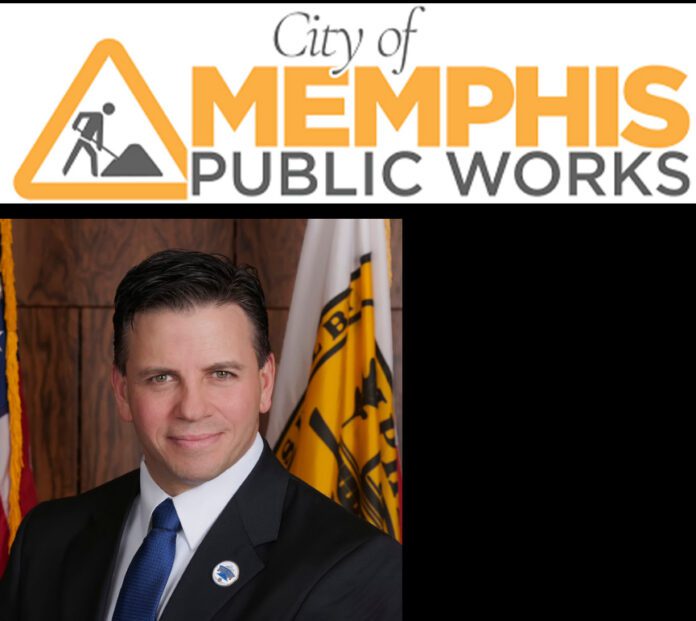With recent severe storms and long-term power outages as a backdrop, Memphis Memphis City Council members Tuesday (July 25) approved spending $22.6 million to fund numerous repairs and improvements to the city’s sewer and water drainage infrastructure.
“Purely from a master planning perspective, these projects are coming to us to address mostly repetitive flooding issues, or just failing infrastructure. We have a large number of projects we need to move forward with, in regard to flooding,” said Robert Knecht, city of Memphis public works director.
The repairs and upgrades include $8.7 million to refurbish failing sewer lines. Another $2.7 million will pay for the relocation of an existing drainage line under the Memphis Fire Department firehouse at Washington Avenue and Danny Thomas Boulevard.
However, most of the investments will go towards easing flooding along roadways, which was a common complaint among council members.
The expenses include citywide drainage repairs and for a new Bartlett Road bridge over Fletcher Creek, which both received $2 million.
Memphis Area Transit Authority’s Innovation Corridor netted a $1.7 million investment for stormwater infrastructure. While another $1.45 million will fund pipe installation along flood-prone South Germantown Road.
Other flood prone areas, such as those near railroad easements, are more challenging, Knecht said.
Public works’ scope of improvement also is limited by the standard set by the drainage handled during “average storm.”
The investments are mainly to allay longstanding problems.
Yet, with the specter of climate change hovering over a spate of inclement weather – such as the July 19 storm that left more than 80,000 MLGW customers without power – little investment is being made as MLGW continues to play catchup with inherited problems.
In addition to flooding, downed trees and limbs accompanied most of the storms, and as transformers exploded and power lines fell, entire streets went dark for days.
The problem was exacerbated by the utility’s years-long backlog on its tree-trimming schedule.
“Climate is a big question for us. We are seeing some interesting changes, especially with our frequency of storms, severity of storms,” said Knecht. “There’s only so much we can do with our existing infrastructure. What we are doing is to try to mitigate the problems of flooding now.”



